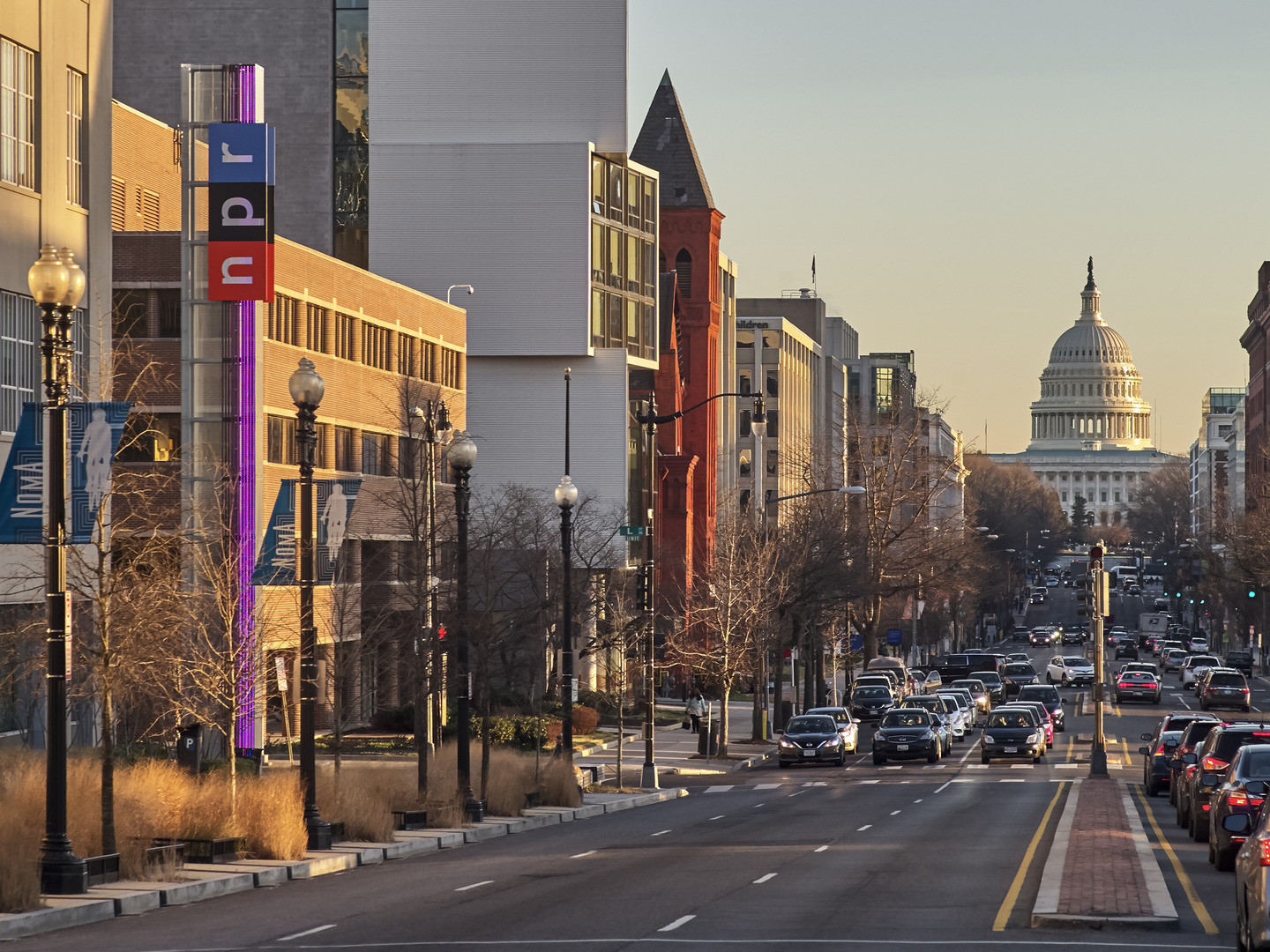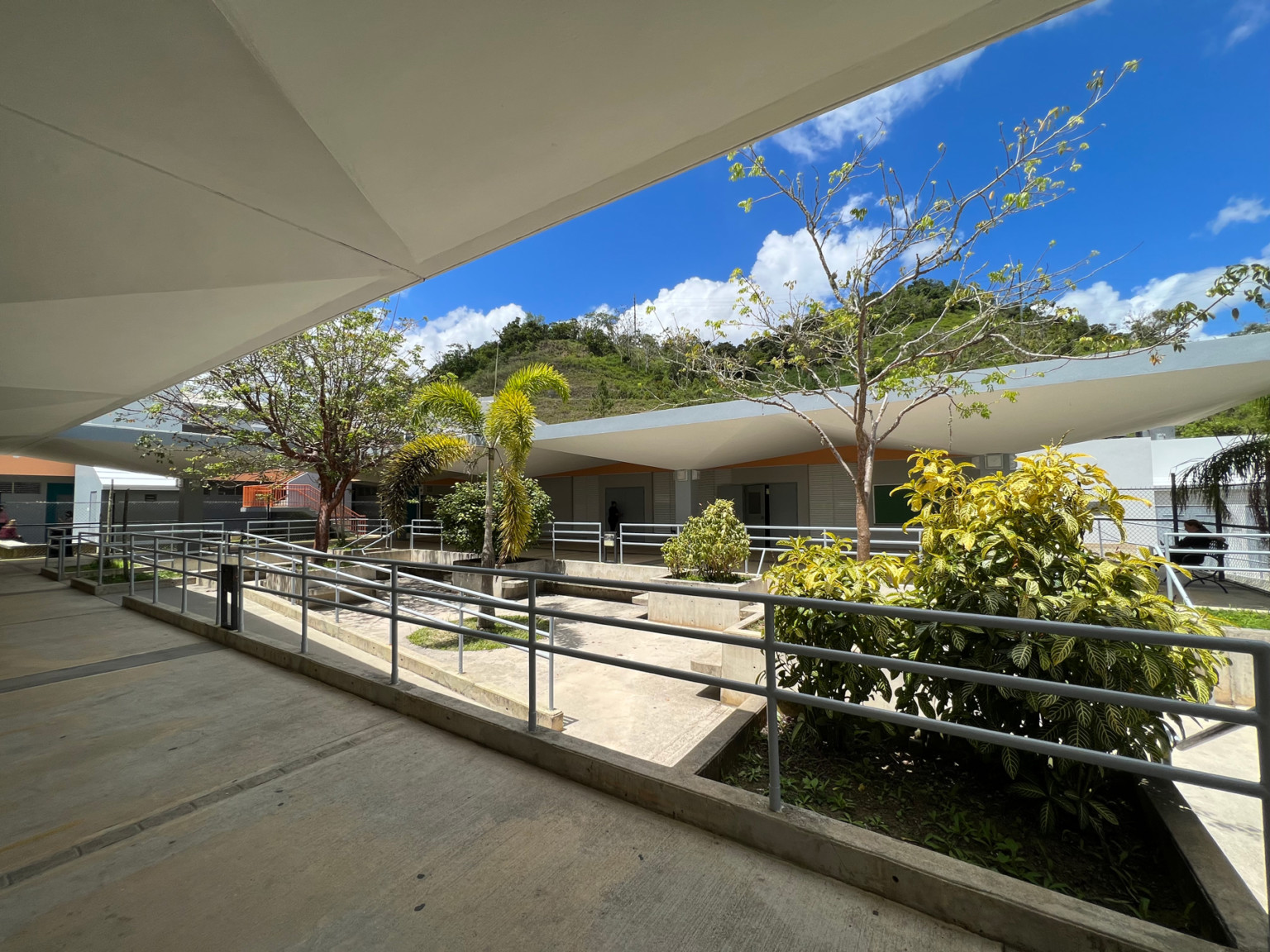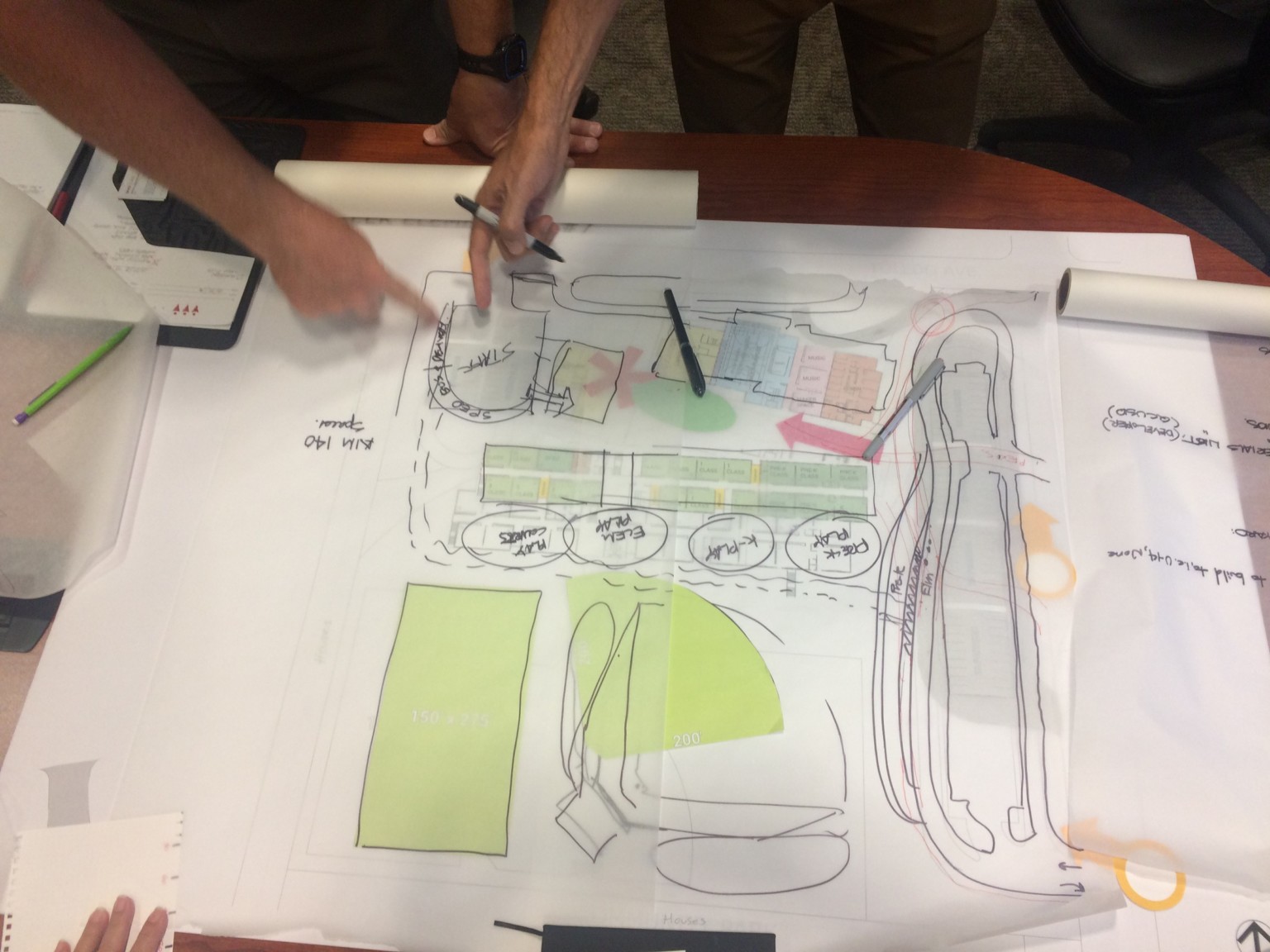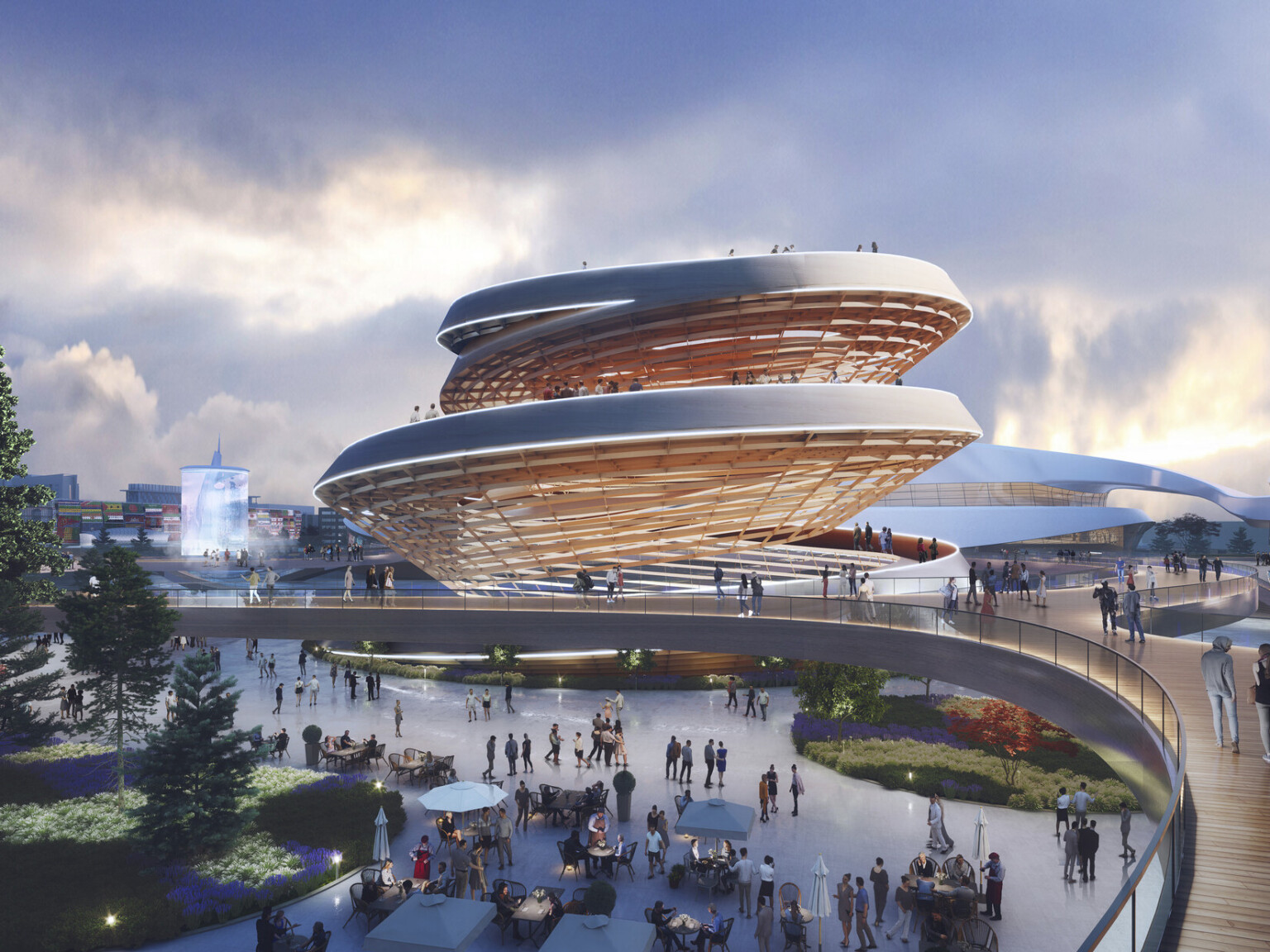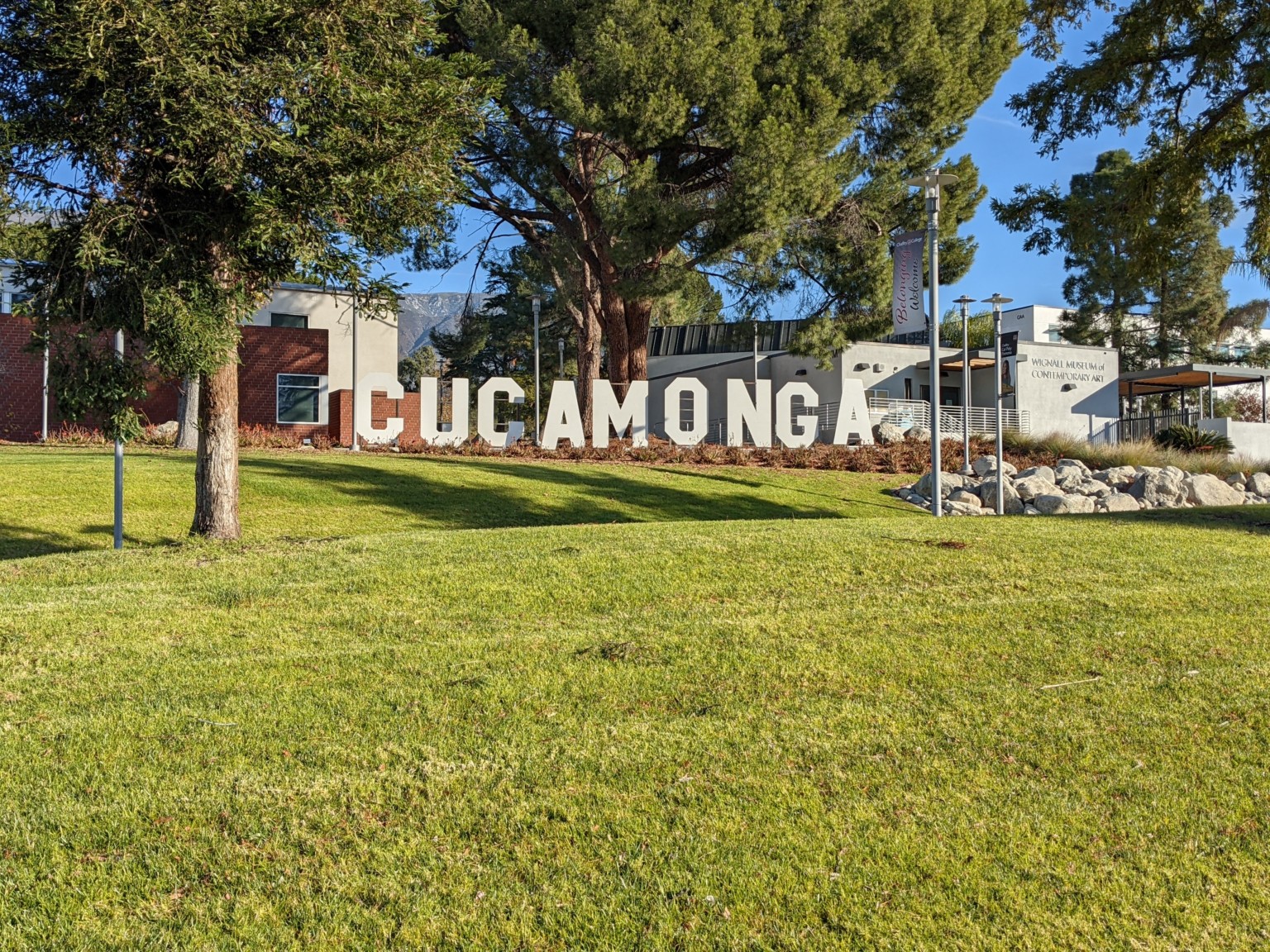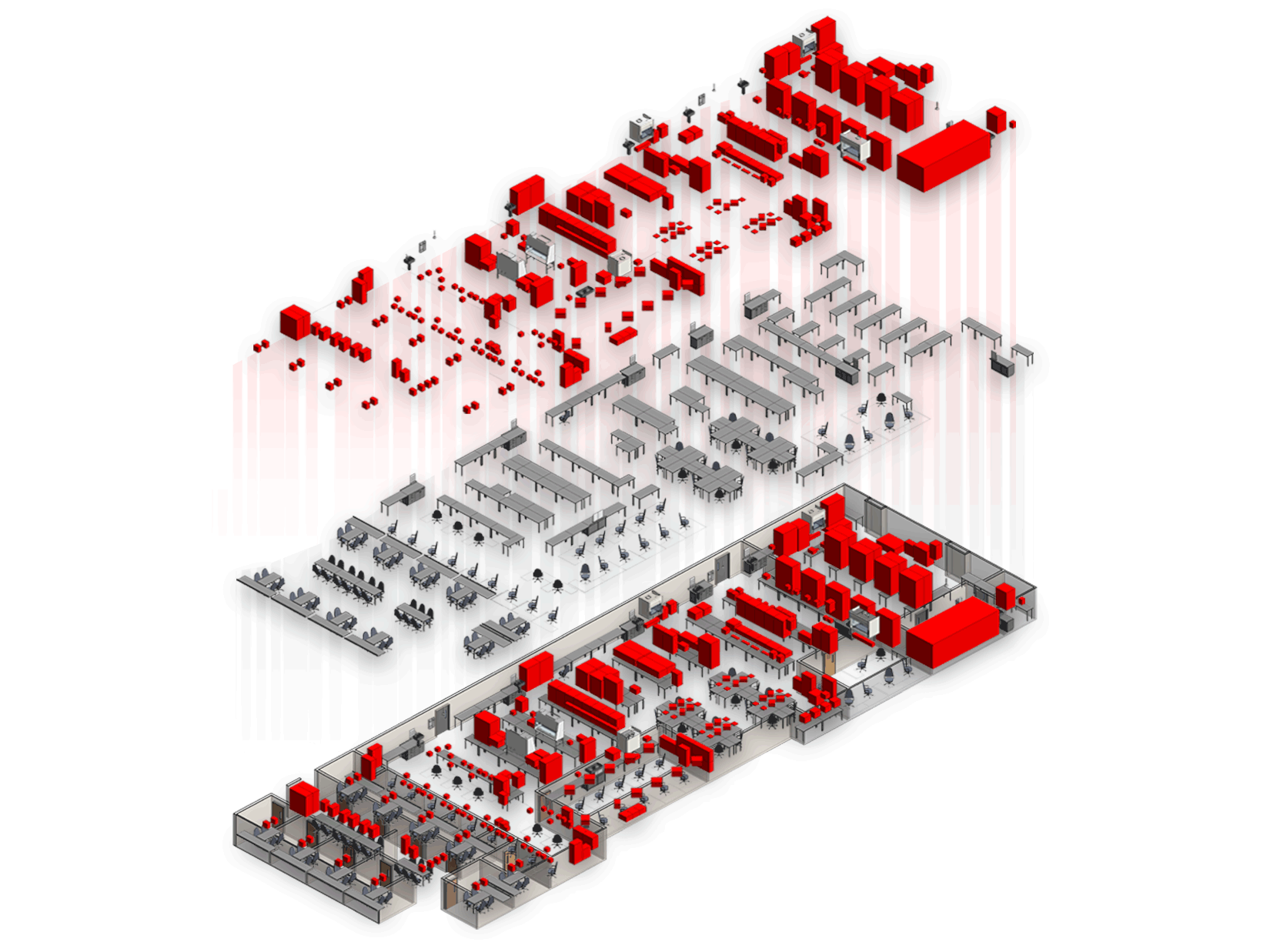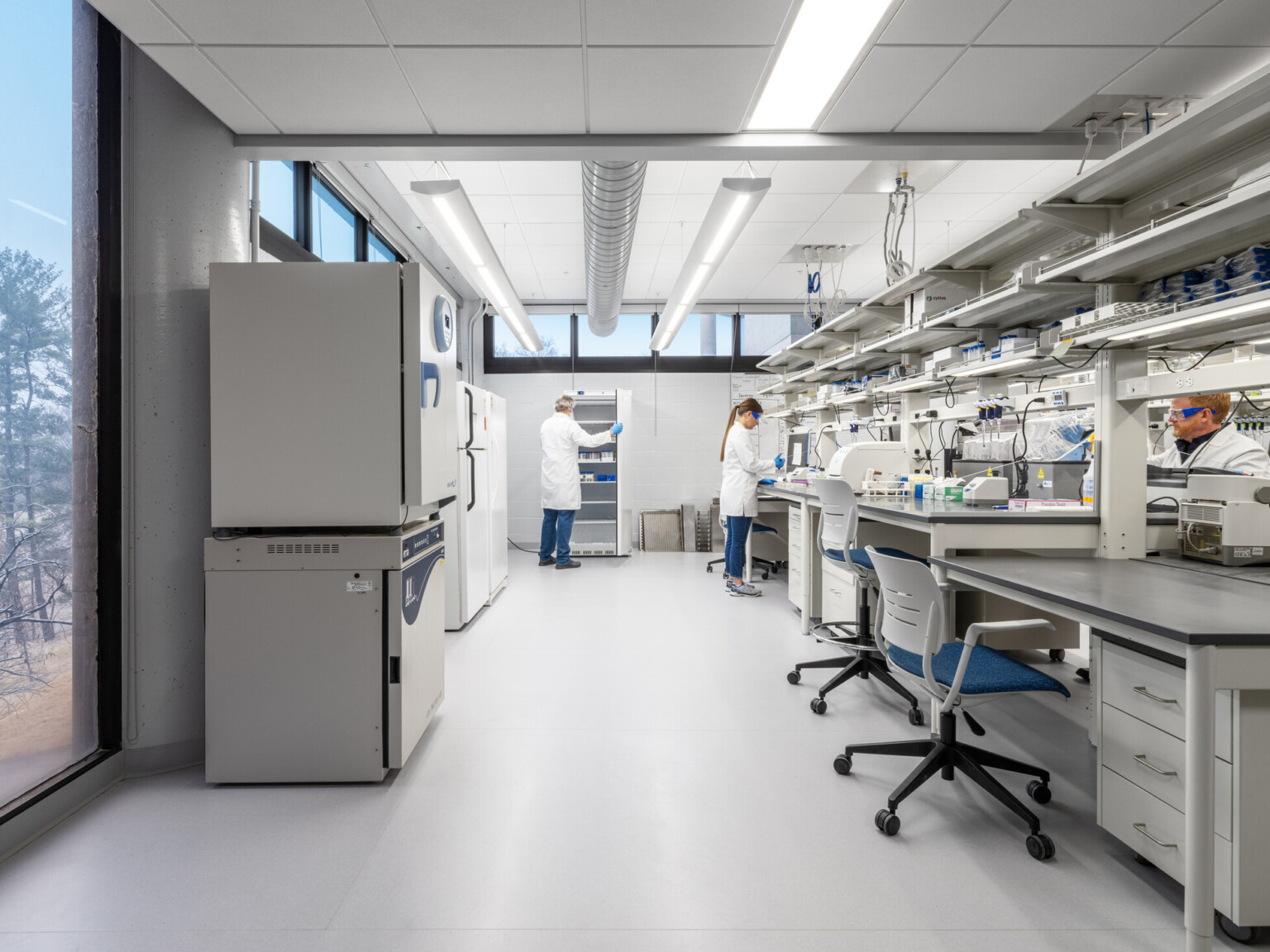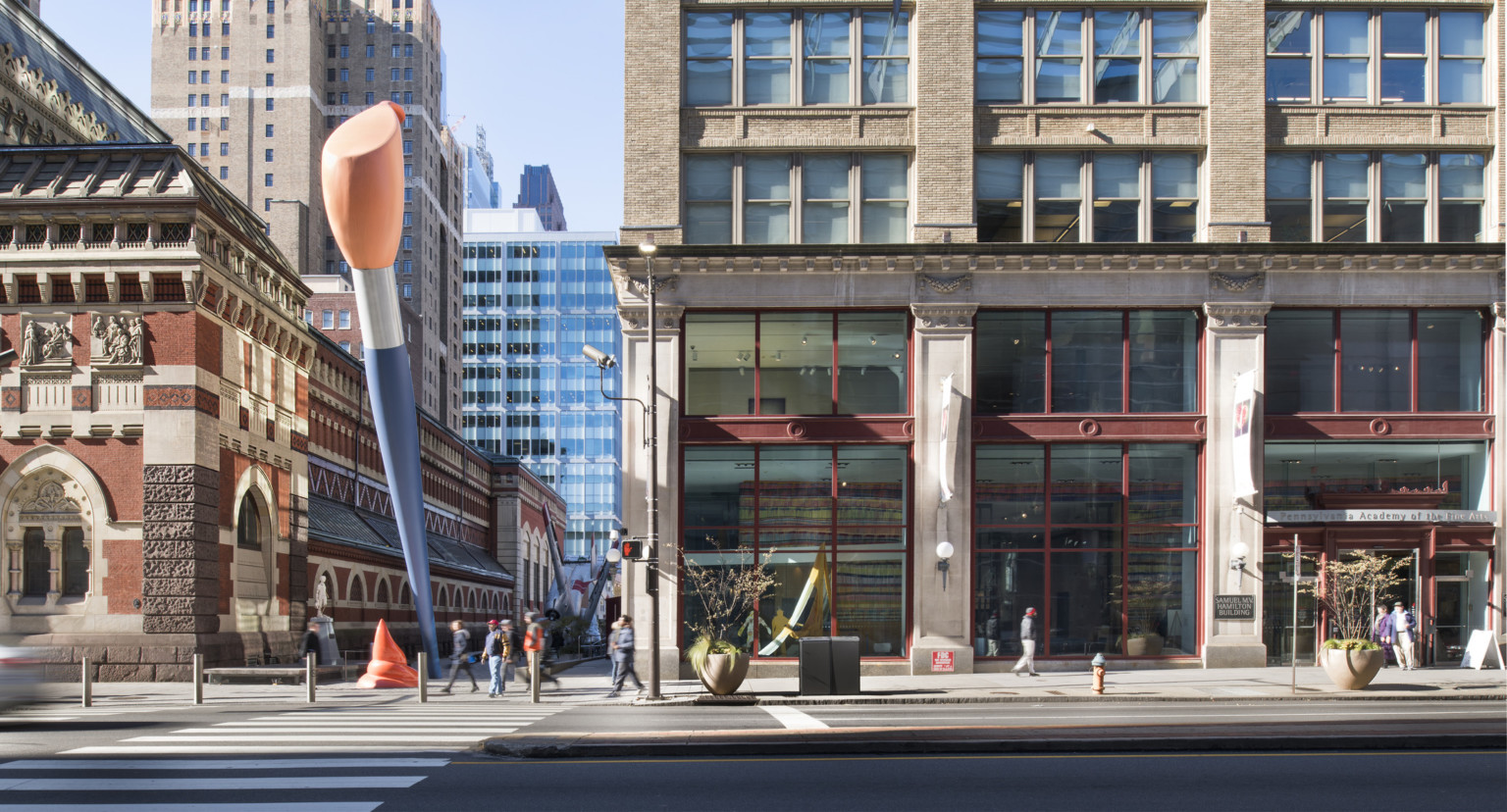
Lessons Learned: Applied Museum Master Planning
Founded in 1805, PAFA was America’s first school and museum for fine arts. Today, it offers undergraduate and graduate programs in the fine arts, and features innovative exhibitions and a world-class collection of American art. PAFA maintains approximately 365,000 gross square feet of building area in two adjacent historic buildings in Center City Philadelphia. The Historic Landmark Building, which was constructed in 1876 and designed by renowned Philadelphia architects Frank Furness and George Hewitt, was last renovated in a major project in 1976. The Hamilton Building, acquired by PAFA in 2002, has been developed over the last decade in several phases.
In July 2013, PAFA asked our team to prepare a comprehensive 10-year master plan for its historic campus. We understood from the outset how important this master plan would be in supporting the institution’s continued standing at the forefront of American art. We completed the plan in September 2013 and ultimately outlined the following key objectives for PAFA:
- Increased commitment to collecting and exhibiting contemporary art;
- Enhanced curriculum to build enrollment and revenue;
- Deeper commitment to public programs;
- Stewardship of PAFA’s world-class collections and facilities.
In the spirit of collaboration, we’re sharing what we think made the outcome of our efforts successful.
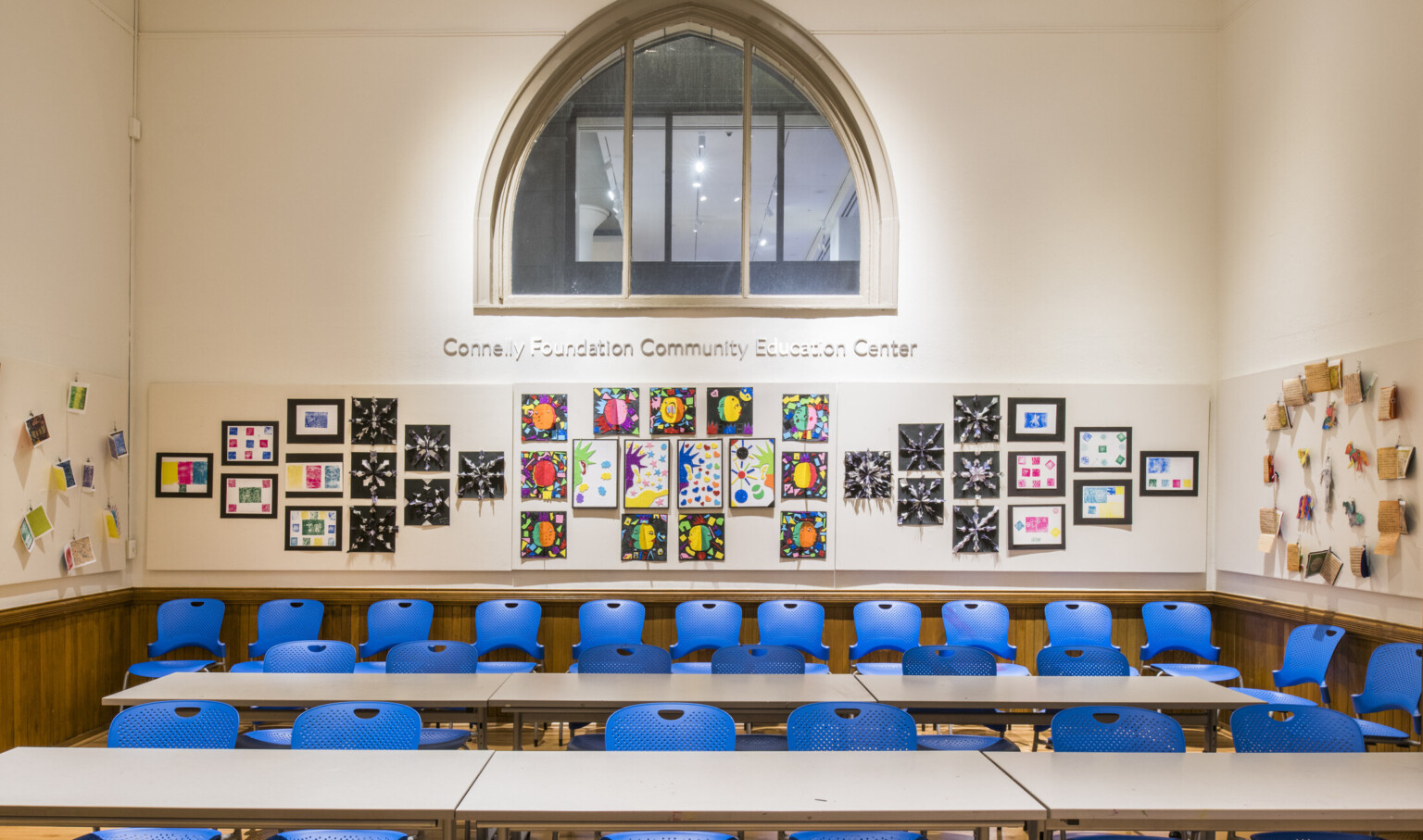
We Established a Thorough Understanding of Conditions and Priorities
We launched the master planning process with a round table vision session with representatives of PAFA’s senior leadership and board of trustees to define our key guiding objectives. Our integrated team of architects and engineers then surveyed the existing conditions of both buildings to confirm existing space assignments and uses; adjacencies and department relationships; physical conditions and infrastructure; life safety and accessibility inadequacies; and preservation concerns. Faculty and staff also joined our team to help identify strengths and deficiencies of the existing space configurations.
Working with PAFA’s leadership, we identified priorities for the master plan, which included preservation and restoration of the Historic Landmark Building; improvements to museum conservation and collection storage spaces; consolidation of museum and academy administration staff; expression of PAFA’s identity along Broad Street; development of an auditorium assembly space that would align with programming needs; additional instruction studios space; improvements to building accessibility; and life safety and code deficiency corrections.
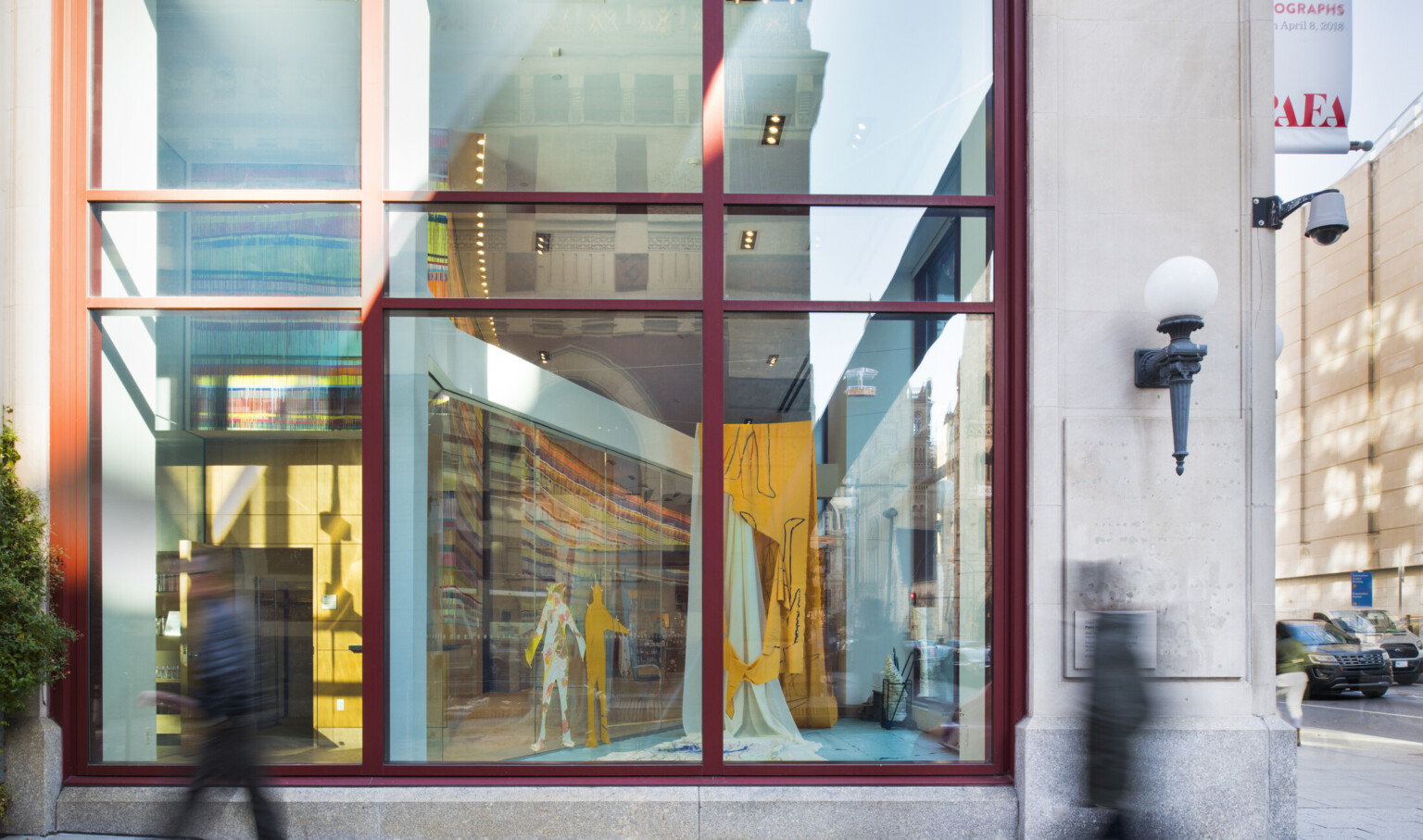
We Developed Convincing Data and Metrics
We prepared questionnaires for user groups representing school and museum staff, and students. The questionnaires explored the use of existing space, missing spaces or deficiencies, and operational considerations. We then conducted interviews with the user groups to further define the programmatic requirements, identify priorities, and explore interdisciplinary collaboration opportunities.
As part of the process, PAFA also prepared enrollment projections for the next ten years. Areas of growth included a low residency graduate program with a distance learning and virtual classroom technology component, emerging programs in digital media, and a new fine arts illustration degree program. PAFA also predicted growth in museum education, continuing education, pre-college programs, and partnerships with regional schools.
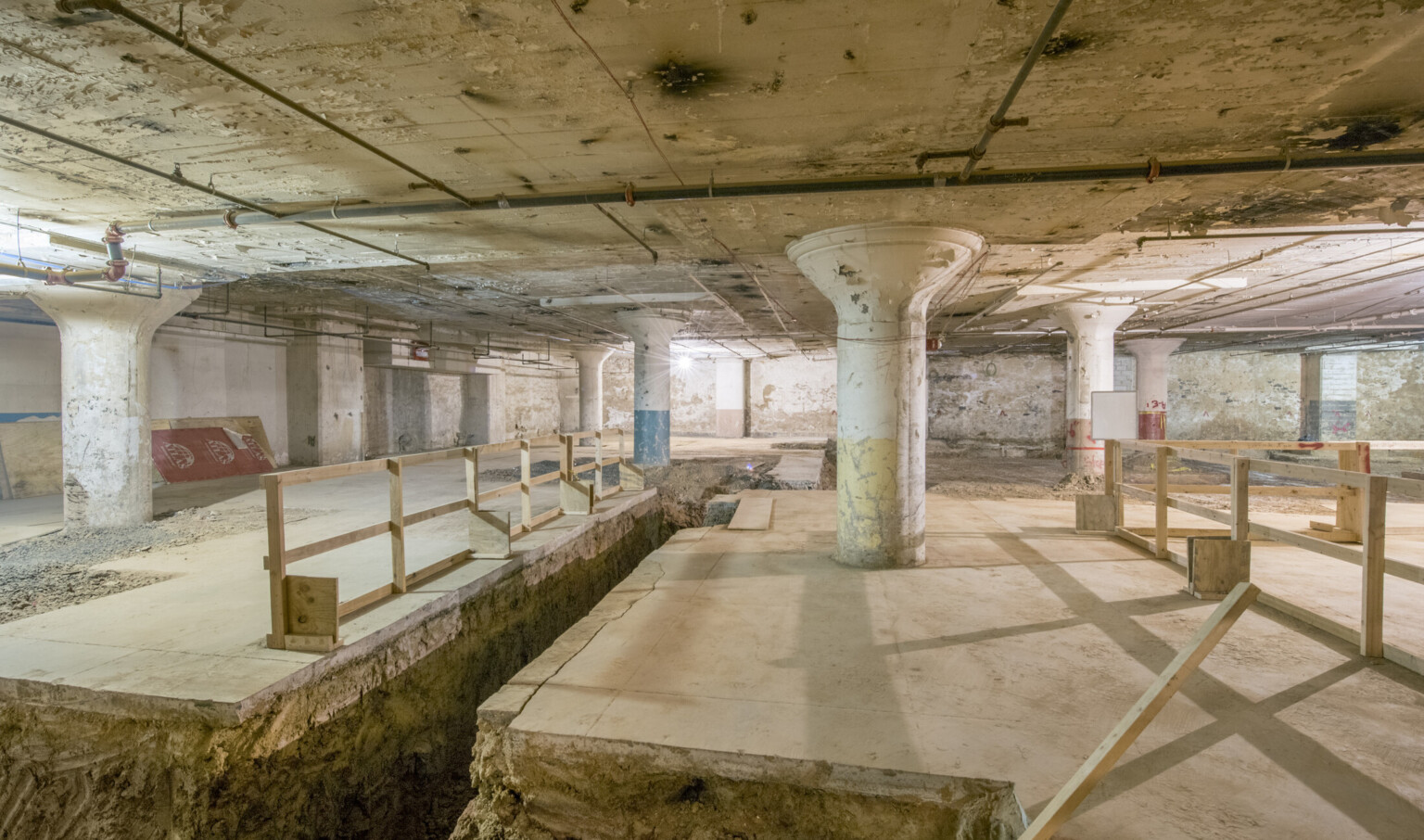
We Prepared a Reasonable Implementation Plan
Using what we had learned in our vision sessions and measurement exercises, our team developed an implementation strategy for the various aspects of the master plan, including a preliminary sequence of projects, project budgets, and alignment with funding sources over a five-year period. The proposed implementation plan allowed for some flexibility in the sequence of projects, and some projects were prioritized during implementation to address unexpected equipment failures or donor funding requirements.
The master plan was organized into two phases:
- Phase 1, which incorporates multiple projects in the Hamilton Building, including the new Center for the Study of the American Artist and accompanying long-term art storage space, art conservation labs, a library, classrooms, and a new arts center with an auditorium, student art gallery, and additional art storage. Phase 1 also includes several infrastructure, accessibility, and envelope projects for the Historic Landmark Building.
- Phase 2, which involves the complete renovation of the Historic Landmark Building.
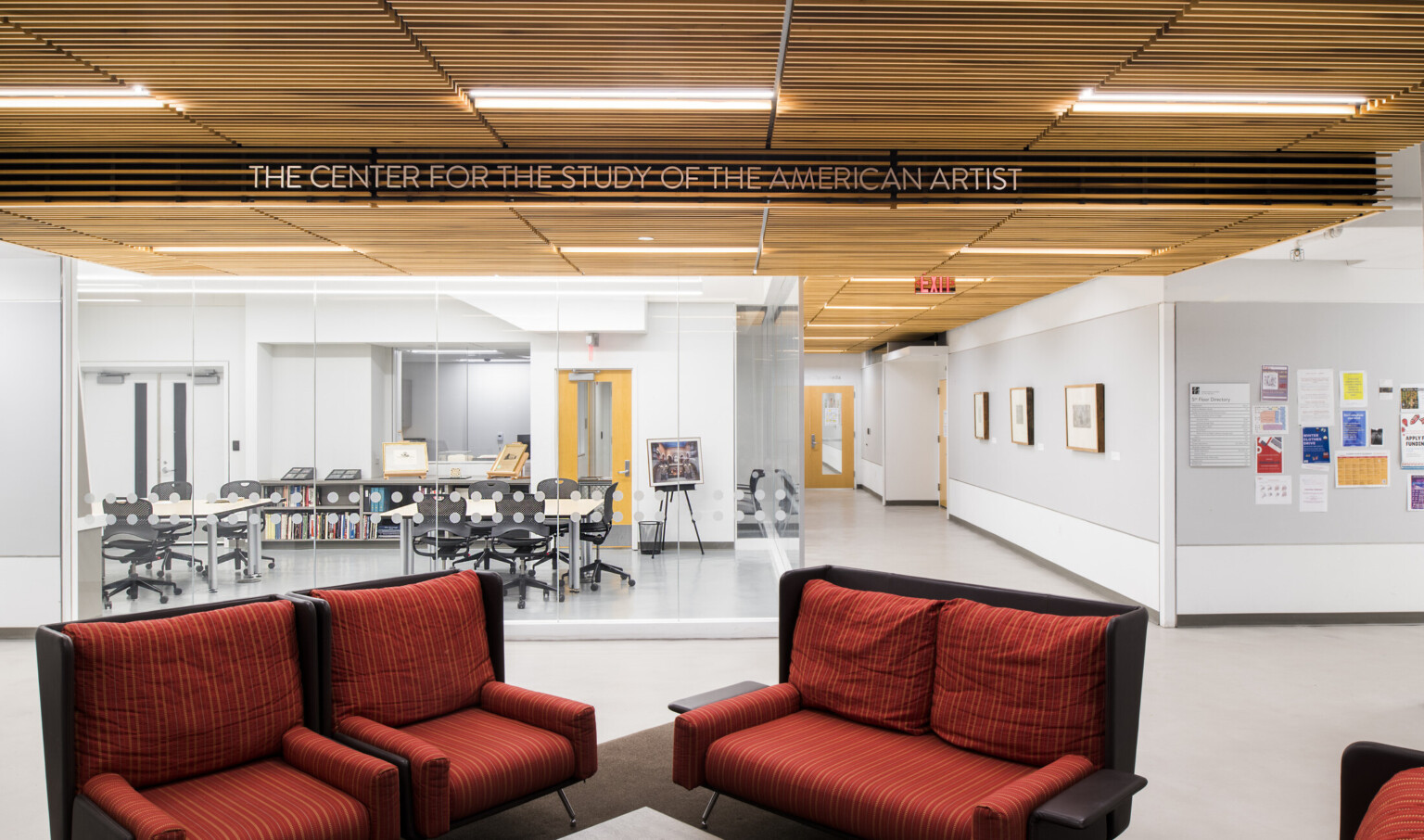
We Avoided Creating a “Short Half-Life” Plan
Any master plan runs the risk of having a short half-life. PAFA was committed to the implementation of the master plan, and engaged us to implement Phase 1 as soon as the plan was finalized. As individual projects are implemented, the master plan continues to serve as a guide for PAFA and the design team, and acts as a basis of design narrative that allows for more streamlined execution of individual projects.
And we continue to reassess our strategies. As we complete projects, we continue to review the plan and make adjustments to Phase 2 so it aligns with PAFA’s operations and fundraising. For example, instead of a single-phase renovation that would require closure of the Historic Landmark Building for several years, we are now looking at a phased approach that will allow portions of the building to remain open.
Our experience working with PAFA evolved our understanding of what makes a master plan effective. These efforts can dramatically improve its facilities and programs and, in turn, transform the present and future for something even greater.




